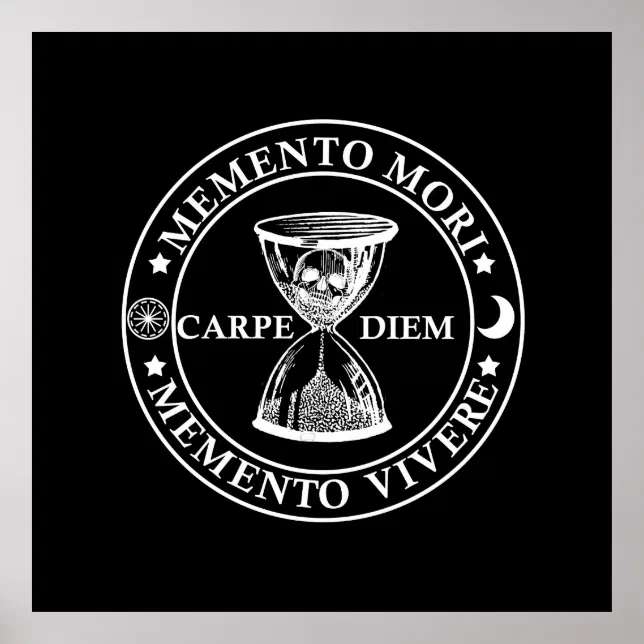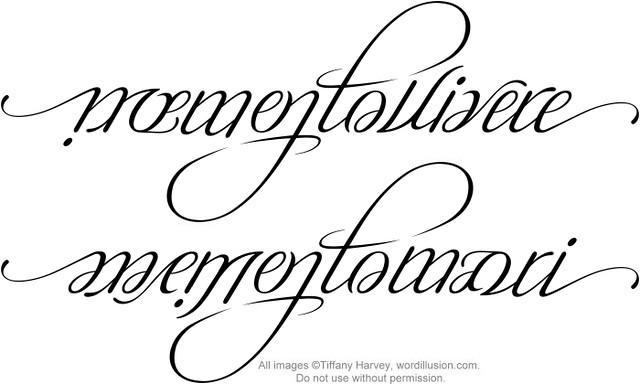Introduction to memento mori memento vivere
Have you ever found yourself contemplating the memento mori memento vivere deeper meaning of life? Maybe you’ve pondered your purpose or questioned how fleeting time really is. The ancient Latin phrases “Memento Mori” and “Memento Vivere” provide timeless wisdom for both these questions. “Memento Mori” means “Remember you must die,” while “Memento Vivere” translates to “Remember to live.” These two concepts, seemingly opposite, are actually intertwined. Embracing both can profoundly change the way we approach our daily lives, offering clarity, purpose, and gratitude.
In this article, we will explore the origins, meanings, and modern applications of these phrases. By the end, you’ll have a new perspective on how to live fully while understanding the inevitability of death.
The Origins of Memento Mori and Memento Vivere
Tracing Back to Ancient Philosophy
The concept of “memento mori memento vivere” dates back to ancient Rome. Roman generals, after a victorious battle, would have someone whisper “Memento Mori” to remind them of their mortality, preventing hubris and keeping them grounded. This idea wasn’t just about humility; it was a philosophical anchor to prevent people from losing themselves in their own glory.
Similarly, “memento mori memento vivere” has its roots in classical thought, particularly in Stoicism. Philosophers like Seneca and Marcus Aurelius encouraged living fully in the present moment. They emphasized that life is fleeting and should be appreciated in its entirety.
These ideas also found their way into Christian teachings. Monks in the Middle Ages would keep skulls on their desks as a daily reminder of death’s inevitability. This wasn’t morbid; it was a call to live virtuously, with an awareness that life is finite.

Cultural Expressions Over Time
Both phrases have appeared throughout art, literature, and religion. During the Renaissance, “Memento Mori” became a popular theme in paintings, often depicted with skulls, clocks, or decaying fruit to symbolize the passage of time.
On the other hand, “memento mori memento vivere” wasn’t as prominently depicted, but its essence was alive in literature and philosophy. Writers like Shakespeare and poets like Rumi hinted at the importance of seizing the day and living with purpose.
Understanding Memento Mori: The Power of Mortality Awareness
What Does Memento Mori Truly Mean?
At its core, “memento mori memento vivere” is a reminder that life is temporary. It’s not meant to evoke fear but rather to instill a sense of urgency and mindfulness. When we acknowledge that death is inevitable, we tend to focus on what truly matters in life.
This doesn’t mean living in constant fear of death. Instead, it’s about recognizing that time is limited, so wasting it on trivial matters is unwise. It’s a call to prioritize relationships, personal growth, and meaningful pursuits.
Modern-Day Interpretations
Today, “memento mori memento vivere” is more relevant than ever. In a world filled with distractions and endless scrolling, it’s easy to lose track of time. We get caught up in petty dramas, material possessions, and superficial achievements.
Practicing memento mori memento vivere can ground us. It can remind us to let go of grudges, pursue passions, and cherish moments with loved ones. Whether it’s through journaling, meditation, or simply reflecting on mortality, embracing Memento Mori can bring clarity and purpose.
Understanding Memento Vivere: The Call to Live Fully
What Does Memento Vivere Encourage?
While “memento mori memento vivere” reminds us of death, “Memento Vivere” urges us to embrace life. It’s a call to live passionately and intentionally. Life isn’t just about surviving; it’s about thriving, exploring, and experiencing joy.
Too often, people go through life on autopilot. Days blend into weeks, and before you know it, years have passed. “Memento Vivere” challenges this mindset by encouraging us to seize every opportunity and make the most of our time.
Practical Ways to Apply memento mori memento vivere
Living fully doesn’t mean you have to make grand gestures or take wild risks. It’s about finding meaning in everyday moments. Here are a few ways to embrace “Memento Vivere”:
- Be Present: Put down your phone and engage with the people around you.
- Pursue Passions: Don’t wait for the perfect moment to start that project or hobby.
- Practice Gratitude: Appreciate what you have instead of focusing on what you lack.
- Take Care of Your Well-being: Mental and physical health are crucial to living fully.
How Memento Mori and Memento Vivere Work Together
Balancing Life and Death
It might seem counterintuitive, but the awareness of death can actually enhance our appreciation for life. By acknowledging that our time is finite, we’re more likely to make intentional choices.
For example, if you knew today was your last day, how would you spend it? Most people wouldn’t waste time on trivial worries. They’d focus on love, joy, and meaningful connections. This mindset can be carried into everyday life with the balance of Memento Mori and Memento Vivere.

A Modern Perspective
In today’s fast-paced world, finding balance is more challenging than ever. We’re constantly bombarded with information and distractions. However, practicing both Memento Mori and Memento Vivere can ground us, helping us to stay mindful and focused on what truly matters.
By embracing this dual philosophy, we can live more intentionally, appreciate life’s moments, and face mortality with grace and acceptance.
Conclusion:
In a world where time feels fleeting and distractions are endless, the ancient wisdom of “Memento Mori” and “memento mori memento vivere” offers a grounding perspective. Life is short, yes, but it’s also beautiful, filled with opportunities for growth, connection, and joy.
By remembering our mortality, we can live with purpose. And by choosing to embrace life fully, we can make each day meaningful. So, let’s carry these reminders with us: to live boldly and love deeply, with the knowledge that our time here is precious.



